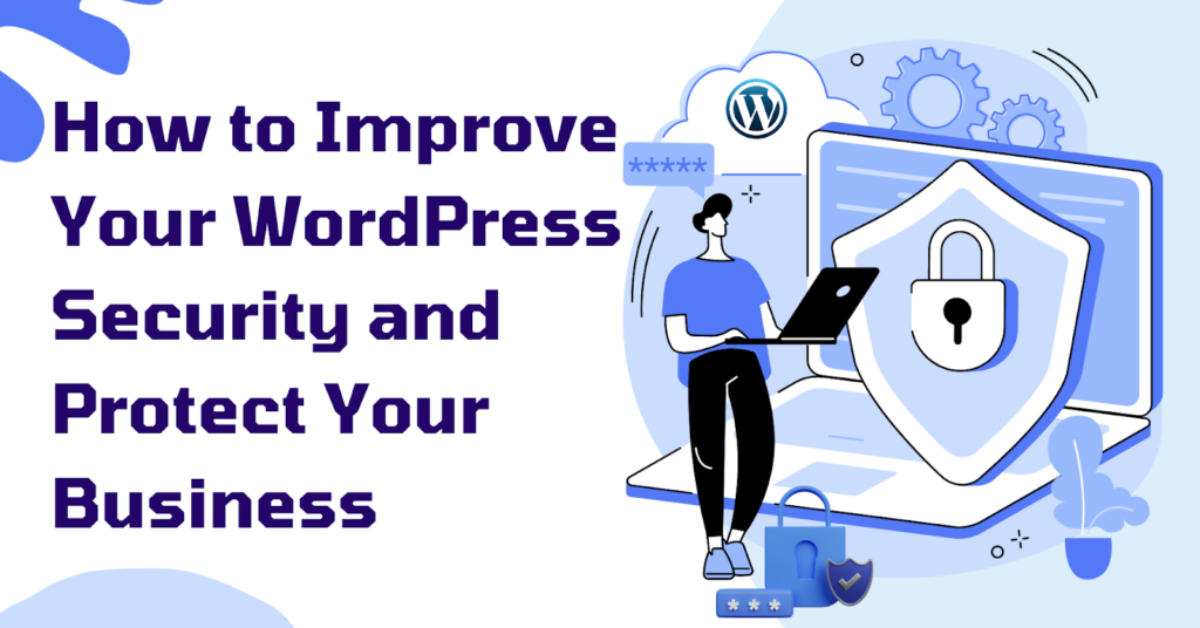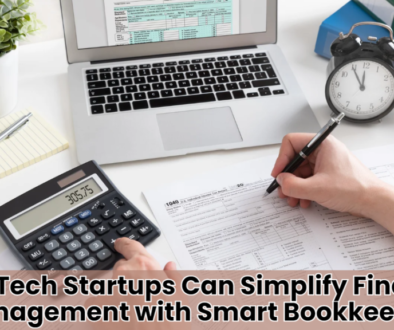How to Improve Your WordPress Security and Protect Your Business
WordPress is one of the backbones of different websites in the world, including business websites. Its flexibility and simplicity have made it one of the prime go-to applications in managing online content. Because of this reputation, it’s also frequently targeted by cybercriminals. Ensuring that your WordPress site is secure protects your business from any potential threat.
In this article, we shared complete tips on how to enhance your WordPress security and protect your business armed with the knowledge and tools from wpsecurityninja.com.
Understanding the Importance of WordPress Security
First of all, understand why WordPress security matters much in your business. You may face many severe issues in case something is wrong with your WordPress site, for instance, some of the following. Data Breaches: Leaked sensitive customer data.
- Data Breaches: Exposure of sensitive customer data.
- Website Downtime: Interruptions that can lead to loss of revenue and customer trust.
- SEO Penalties: Search engines may penalize or blacklist your site, affecting your online visibility.
- Financial Losses: Costs associated with recovery, legal fees, and potential loss of business.
Effective WordPress security helps mitigate these risks, ensuring that your site remains operational, trustworthy, and resilient against attacks.
1. Keep Everything Updated
Probably one of the most straightforward, yet effective ways to help ensure that WordPress is secure is to keep your core software, themes, and plugins updated. More often than not, updates usually provide patches with known security vulnerabilities. Every so often, check for updates and perform them from within your WordPress dashboard area.
This platform offers tools and services that help you manage updates efficiently, ensuring that your site’s components are always current and secure.
2. Use Strong Passwords and Implement Two-Factor Authentication (2FA)
Weak passwords are a common entry point for hackers. To enhance your site’s security:
- Use Strong Passwords: Ensure that all user accounts, including admin and database passwords, are strong and unique. Avoid using easily guessable passwords or default credentials.
- Enable Two-Factor Authentication (2FA): 2FA adds an extra layer of security by requiring users to provide a second form of identification, such as a code sent to their mobile device. This significantly reduces the risk of unauthorized access.
3. Install a Reliable Security Plugin
A dedicated security plugin is essential for monitoring and protecting your WordPress site. Security plugins offer features such as:
- Firewall Protection: Blocks malicious traffic and attacks.
- Malware Scanning: Detects and removes malware from your site.
- Login Protection: Limits login attempts and provides additional security measures.
4. Regularly Backup Your Site
Regular backups are crucial for disaster recovery. In the event of a cyberattack or data loss, having recent backups ensures that you can restore your site quickly. Implement a backup solution that:
- Automates Backups: Schedule regular backups to ensure you always have the latest data.
- Stores Backups Securely: Save backups off-site, such as on cloud storage or a remote server, to protect them from being compromised along with your site.
5. Configure Proper File Permissions
File permissions dictate who can access and modify files on your server. Incorrect permissions can expose your site to risks. Ensure that:
- Directories: Set permissions to 755, allowing the owner to read, write, and execute while others can only read and execute.
- Files: Set permissions to 644, allowing the owner to read and write while others can only read.
Avoid setting permissions to 777, as this grants full access to everyone and poses a significant security risk.
6. Disable XML-RPC if Not Needed
XML-RPC is a feature that enables remote communication with your WordPress site, often used by external applications. However, it can also be exploited for attacks such as Distributed Denial of Service (DDoS). If you don’t use XML-RPC, it’s advisable to disable it.
7. Secure Your Login Page
The WordPress login page is a common target for brute force attacks. To protect it:
- Change the Default Login URL: Modify the default /wp-admin or /wp-login.php URL to a custom one. This reduces the risk of automated login attempts.
- Limit Login Attempts: Implement a plugin to limit the number of login attempts and prevent brute force attacks.
- Use CAPTCHA: Adding a CAPTCHA to your login page can deter automated attacks.
8. Monitor and Audit User Activity
Regularly monitoring user activity can help detect suspicious behavior early. Implement logging and auditing to track:
- Login Attempts: Identify and investigate any unusual login patterns or failed attempts.
- Content Changes: Monitor changes to your site’s content and settings to detect unauthorized modifications.
9. Use HTTPS to Encrypt Data
HTTPS (Hypertext Transfer Protocol Secure) encrypts data transmitted between your site and its visitors, protecting it from interception and tampering. To implement HTTPS:
- Obtain an SSL Certificate: Many hosting providers offer free SSL certificates, or you can purchase one from a trusted certificate authority.
- Configure HTTPS: Update your site’s settings to use HTTPS and ensure that all pages and resources are served securely.
Implementing HTTPS not only enhances security but also improves your site’s credibility and search engine ranking.
10. Harden WordPress Security
Finally, harden your WordPress security by following best practices:
- Disable Directory Listing: Prevent unauthorized access to your site’s directories by disabling directory listing.
- Limit User Privileges: Assign user roles and permissions based on necessity to minimize access to sensitive areas.
- Regular Security Audits: Perform periodic security audits to identify and address potential vulnerabilities.
Conclusion
Improvement in your WordPress security is that ultimate shield that helps your business stay guarded against every sort of cyber threat. Keeping software updated, strong passwords, security plugins, and best practices reduce the window of threat significantly. Regular back up, file permissions, monitoring users add extra security to your site. For comprehensive security solutions and expert advice, consider exploring the tools and resources offered. Investing in robust WordPress security measures not only protects your site but also ensures the safety and trust of your customers.



